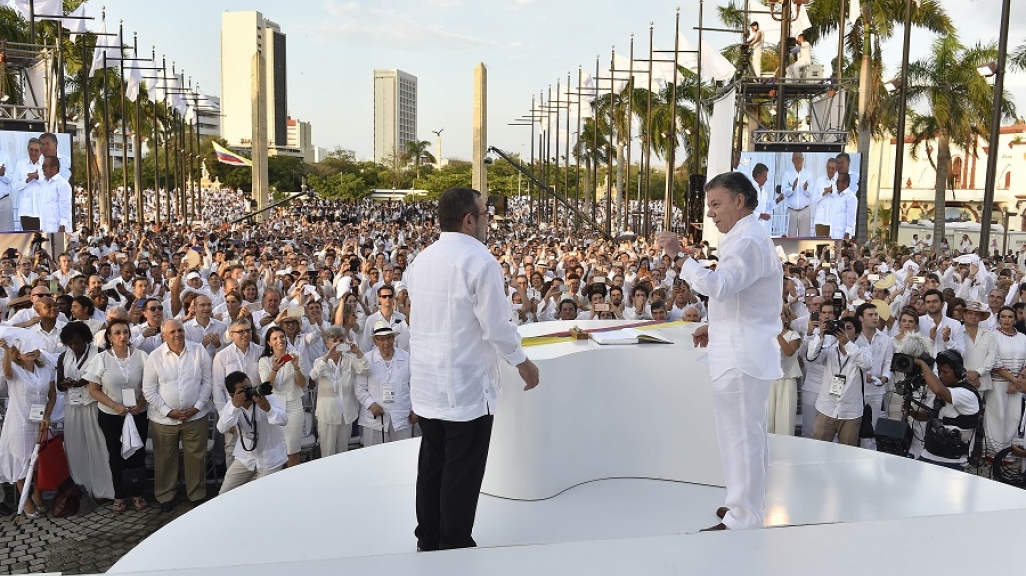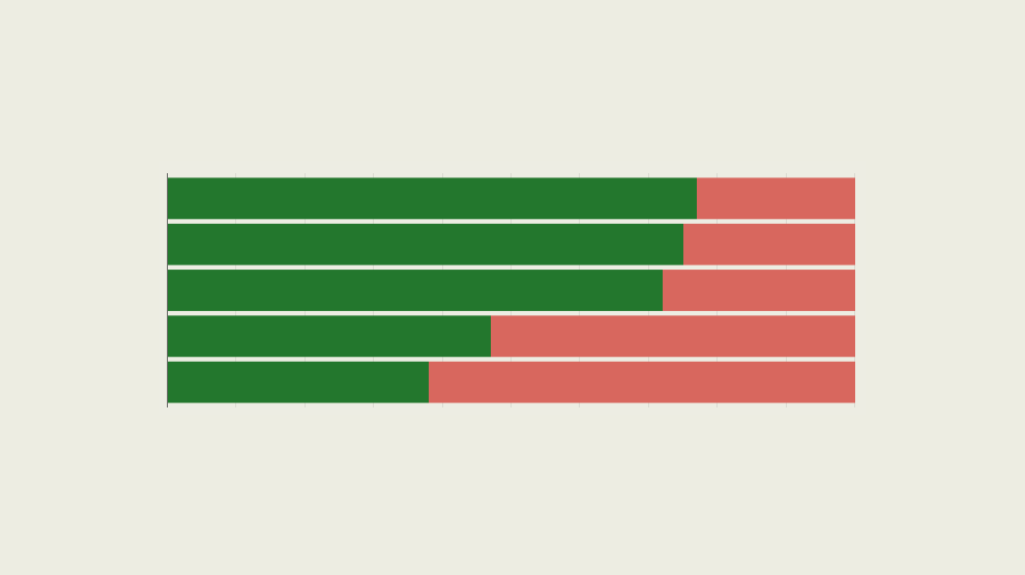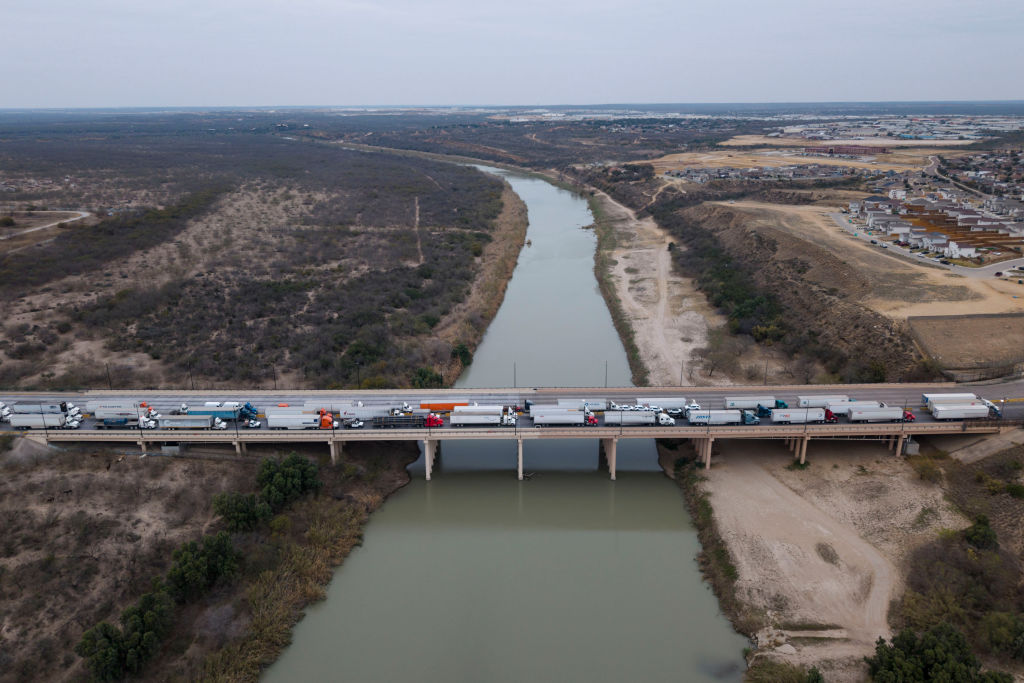Viewpoint: A Letter from Cartagena
Viewpoint: A Letter from Cartagena
AS/COA’s Adriana La Rotta reflects on attending the FARC peace ceremony in her native Colombia.
On September 26, surrounded by a sea of my countrymen and all of us dressed in white at Cartagena’s Convention Center esplanade, I experienced a sense of closure. We had come to witness the peace signing ceremony between Colombian President Juan Manuel Santos and Rodrigo Londoño, known as Timochenko, leader of the Revolutionary Armed Forces of Colombia (FARC)—an insurgency group that for 52 years waged a bloody guerrilla war against the government and the Colombian people. The violence compounded and resulting from that war—a succession of massacres, bombings, kidnappings, and murders—served as a backdrop to much of my career in journalism. Monday’s emotional peace ceremony was certainly a collective turning point for the roughly 3,000 people standing in Cartagena, and one that triggered long-gone memories for me.
As I stood there, I remembered an extraordinary week-long horseback expedition I embarked on over 25 years ago with an assortment of political activists and a prominent congressman. We were led deep into the Colombian rainforest by a small band of green-clad guerrillas, members of the EPL, the Popular Liberation Army, a small but lethal guerrilla group and, at the time, the third-largest insurgency in the country. It was a dangerous trek, not just because we were wading across treacherous rivers and negotiating steep mountain paths, but because occasionally we would have to scramble into the forest to hide from army helicopter gunships patrolling that area of Colombia’s northern Córdoba department. Our mission was to report about a series of incipient talks that would ultimately lead to a 1991 peace agreement with the EPL. But another quarter century—and much more trauma and upheaval—would need to pass before the country was finally ready to reach an agreement with the FARC, the most violent of Colombia’s various guerrilla insurgencies.
Colombia’s war with the FARC was, until Monday, popularly described as the longest war in the Western Hemisphere. It was truly long and painful. And perhaps inevitably, the FARC’s armed struggle has come to an end in the exact same way it did with the six other rebel groups who’ve laid down their weapons over the past three decades: not with the surrender or defeat, but with a peace agreement. The Cartagena accord, the result of four years of difficult negotiations in Havana, is fundamentally different from its precursors and not merely because the FARC was the largest of those several insurgencies. As was the case in previous deals, it includes clauses that will reintegrate demobilizing guerrillas into civilian life. That’s no small task for a group that financed itself through the drug trade and, at its peak, had over 20,000 armed men and women in its ranks. But it also commits the government and Colombian society at large to engage vast sectors of the population in the transformation of some of the country’s most remote regions and ensure the horrors of the war do not happen again. At its core, the agreement is a road map for ending the violence while deepening democracy and inclusion.
The international community has hailed this peace agreement as proof that even countries enduring a long history of violence and societal distrust can handle differences through words, not bullets. I know that the thousands of Colombians who like me were present in Cartagena and millions of others who watched the ceremony on television felt a deep sense of pride over the fact that we had collectively dared to take such a bold step toward reconciliation and civility.
It is a testimony to Colombia’s resilience that, even as we simultaneously fought several wars over five decades across various fronts in cities and regions across the country, we were able to build one of the most successful and fast-growing democracies in Latin America. While Colombia has often been held up as the developing world’s poster child for violence and insecurity, the country has always been walking slowly but steadily down the path toward stability and security.
This week’s agreement in Cartagena is not a fleeting moment, but an example of Colombia’s courage to face down decades of violence and determination and move forward to a lasting peace.










